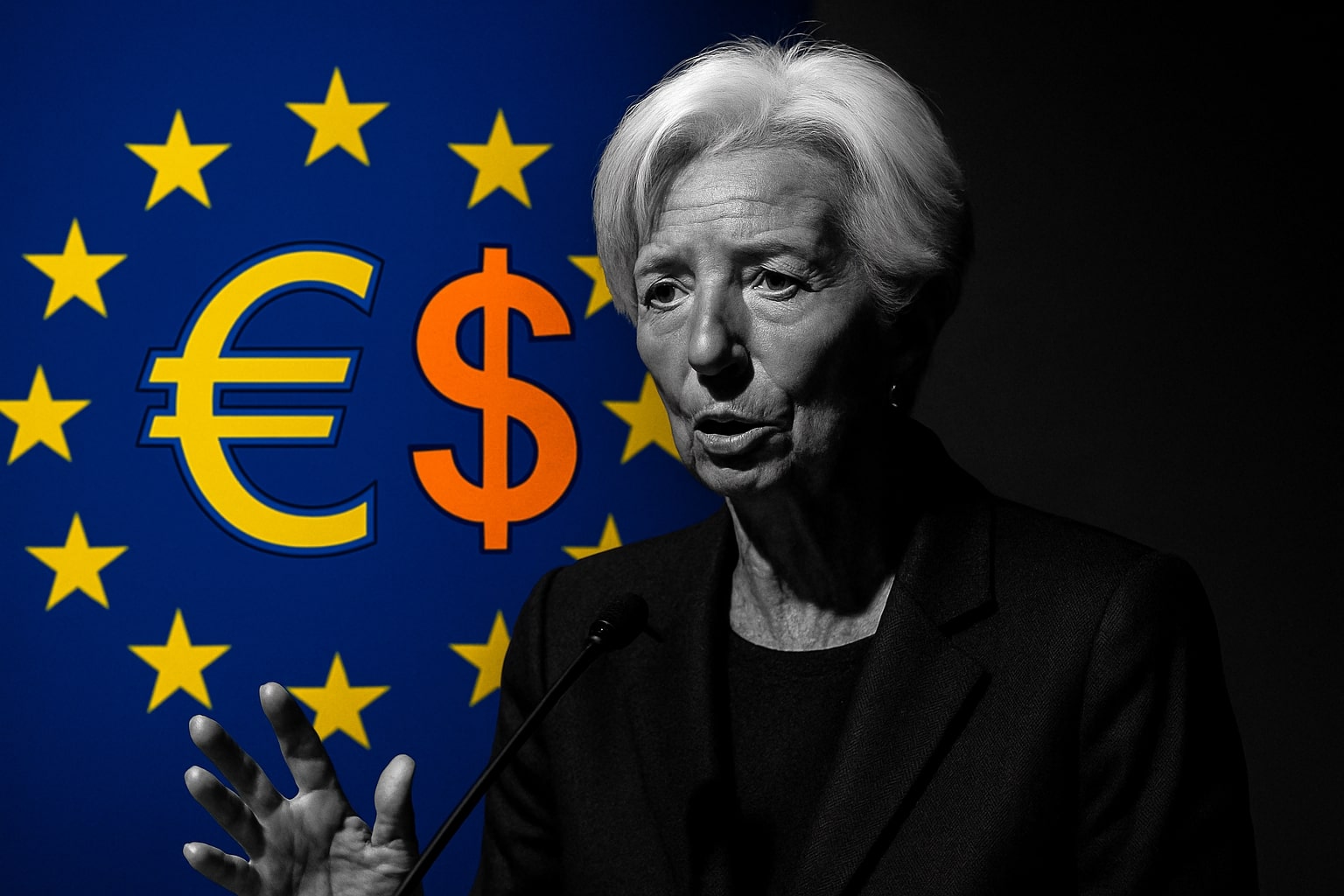Technical Breakdown Points to Bearish Continuation
Technically, EUR/USD remains capped under its 20-, 50-, and 200-period moving averages, confirming the strength of the bearish structure. The pair failed to sustain rebounds above 1.1650, reinforcing near-term resistance. The RSI near 35 on the 4-hour chart suggests oversold conditions may develop, but selling pressure dominates until a daily close above 1.1700 occurs. The key support band between 1.1560 and 1.1500 remains critical, while a breach of 1.1470 would expose a deeper move toward 1.1430. Traders anticipate that Friday’s U.S. CPI release could be the trigger for a decisive breakout, with headline inflation forecasted at 3.1% year-over-year.
European Economic Weakness Deepens Amid Trade and Policy Friction
Europe’s trade performance continues to lag as high tariffs and weak Chinese demand strain industrial exports. The 15% tariff on European goods entering the U.S. has pushed manufacturing sentiment to multi-year lows. Moreover, optimism over a potential easing of trade barriers between the U.S. and China—bolstered by Trump’s conciliatory remarks ahead of a planned meeting with Xi Jinping—has reduced the euro’s appeal as a geopolitical hedge. This dynamic reinforces a structural Dollar advantage as traders price in prolonged Eurozone underperformance.
Bank Earnings and Sector Stability Offer Limited Support
While equity markets in Europe saw mild relief following solid UK bank earnings, the euro failed to capitalize. Danske Bank noted improved investor sentiment from financial results, but ING maintained a guarded view, warning that underlying credit concerns persist. Lending stress indicators remain localized to institutions like Zions Bancorp and Western Alliance, but systemic confidence has not fully returned. As long as bank stability remains fragile and fiscal risk grows, the euro is likely to stay under pressure against the greenback.
Market Outlook and Investment Stance
The broader market structure suggests EUR/USD remains in a controlled downtrend. The pair’s rejection near 1.1670 and sustained trading below 1.1600 confirm dominance of sellers. With the Fed’s policy path clear and Eurozone fundamentals deteriorating, near-term recovery prospects appear limited. The correlation between EUR/USD and risk assets like the Nasdaq has strengthened, indicating the euro’s vulnerability to any U.S. equity correction. From a technical and macro perspective, the setup favors continued downside toward 1.1470, with only a sustained close above 1.1750 reversing the bias. Based on the current configuration, the outlook remains bearish—SELL bias maintained until the pair decisively reclaims the mid-1.17 handle.




















